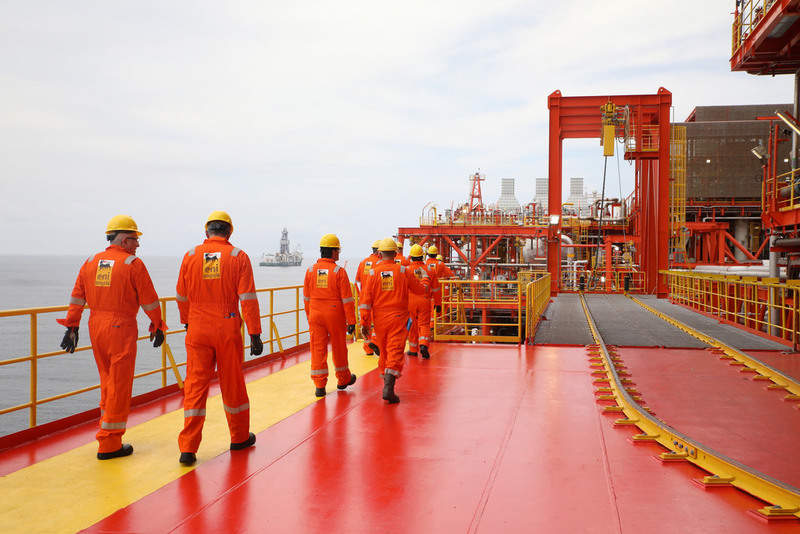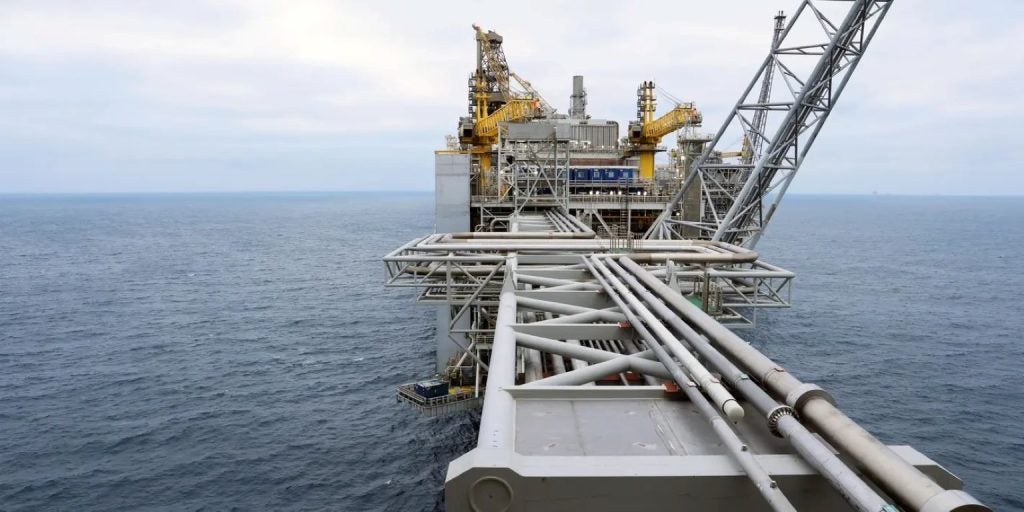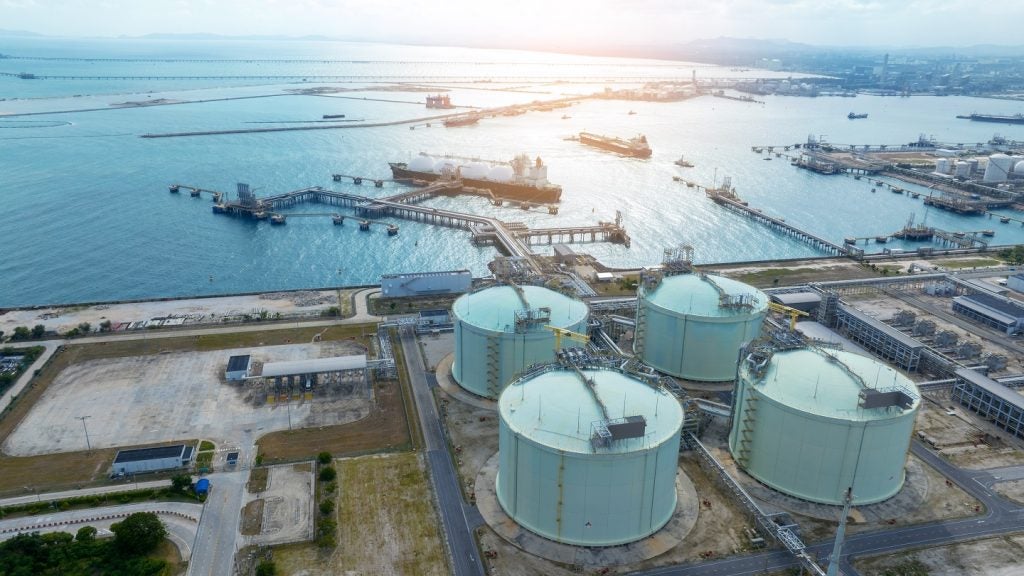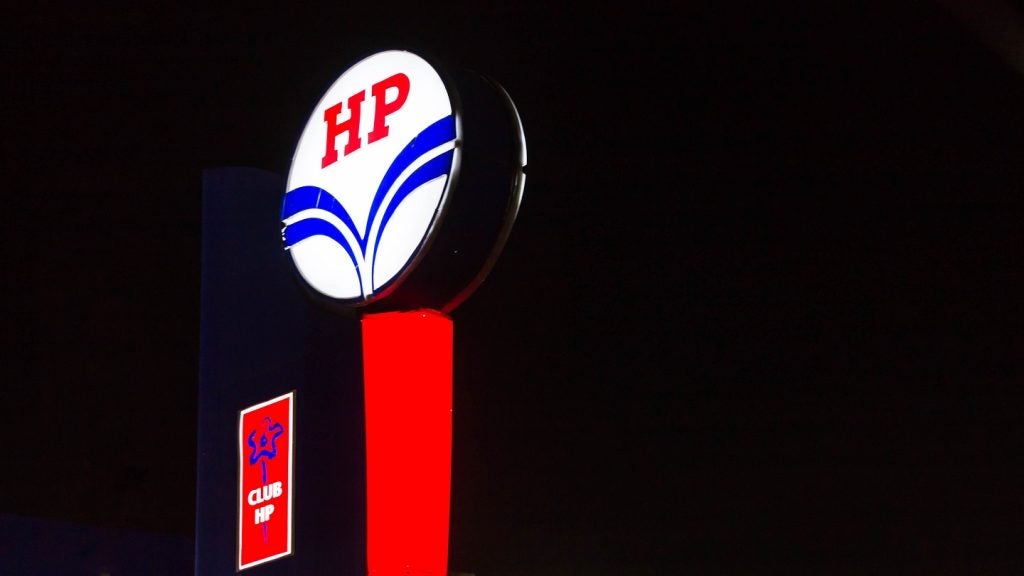
Since the start of the year, dozens of operators have announced budget cuts. These will mean slashing costs, which will translate to thousands of workers losing their jobs. We ask: how bad is the situation of the oil and gas workforce, and when will staffing return to “normal”?
At time of writing, oil and gas producers have made at least $85bn of reductions to their spending budgets, with more cuts announced frequently. This has had consequences for the offshore workforce, who face unemployment in an industry with no vacancies until economies recover.
The ongoing Covid-19 pandemic has forced operators to reduce staffing to the minimum safe level while workforce numbers are also being held down by deep cost cutting and a rock bottom oil price, providing little economic reason for producers to want to produce.
UK worker’s union RMT has said the North Sea workforce has fallen by “nearly 40%”. General secretary Mick Cash added that employers were standing down workers “with no regard to their future income, work or health.”
Analyst and research company Rystad Energy’s vice president of oilfield service research, Matthew Fitzsimmons, however, says this percentage was a little high. Rather he predicts the North Sea would be slightly worse off than its general estimation of layoffs for 21% of the worldwide workforce.
How well do you really know your competitors?
Access the most comprehensive Company Profiles on the market, powered by GlobalData. Save hours of research. Gain competitive edge.

Thank you!
Your download email will arrive shortly
Not ready to buy yet? Download a free sample
We are confident about the unique quality of our Company Profiles. However, we want you to make the most beneficial decision for your business, so we offer a free sample that you can download by submitting the below form
By GlobalDataThis means more than one million oil and gas employees are now out of work. Of these, Rystad estimates around 610,000 were laid off as part of cost cutting measures, with another 390,000 cut to slow down production while oil’s value stays low.
Despite the “triple whammy”, layoffs could be worse
Even with this, Fitzsimmons said layoffs during the pandemic would likely not be as severe as those experienced after the 2014 oil price war. By 2016, the workforce was down by 30% compared to pre-2014 levels. Now, cuts may be less severe because the industry is not long recovered from previous layoffs. Operators have stayed wary of high-cost, long-term investments.
Analysts including Rystad, WoodMackenzie, and GlobalData have said US shale production will be the worst hit area. These projects are more short-term investments, meaning new projects can be pushed back with smaller consequences. A Rystad report expects a 32% cut in the workforce here.
Already, US shale has seen well completions dropping off fast. February saw the completion of 807 wells in the Permian Basin, Bakken, and Eagle Ford. In March, this fell to 550. By April, the number of new fracking projects was down 60% on its peak in January and February.
Fitzsimmons says this means the worst is yet to come for US shale. He said: “US shale production is quite well hedged, so in the near term there won’t be so much impact. But well completions there are decreasing fast.
“While smaller producers planned to use 2020 to focus on their balance sheet, ExxonMobil and Chevron had plans to increase capital investment in the Permian Basin. These have had to change,” Fitzimmons says.
“Operators will be frustrated maintenance is not an option”
Operators have now postponed as much maintenance as they can for offshore platforms. Large maintenance jobs, such as the planned shutdown of the Forties pipeline network, remain postponed until they can be carried out without risking the health of workers. However, there will come a time when operators need to up staffing levels to carry out essential maintenance, just to maintain their current levels of production.
Fitzsimmons said: “In the previous price war, operators took time to shut off production and carry out maintenance. This time, they will be frustrated that is not an option, but some essential maintenance will need to take place.”
He also said the health needs of workers will likely stand in the way of mechanisation and automation upgrades, which operators often turn to at times like these. Regardless, we have already seen technology providers use the pandemic as an opportunity to sell their innovations. For example, Acoustic Data recently debuted its remote downhole monitoring system. Elsewhere, Sonardyne International has collaborated with XOCEAN, showing off its remote data collection vessel which can be operated from home. Plenty more will follow.
“A silver lining”: More automation or collaboration?
However, automation would not necessarily mean reductions in the oil and gas workforce. As an example, subsea exploration and surveying is becoming increasingly automated as technology evolves. Vessel automation company Konsberg Maritime recently said advances could move captains onshore, with the safety advantages that involves. Crucially though, a captain is still required.
Similarly, Fitzsimmons’ suggestion for how operators could mitigate the impact of Covid-19 could mean better productivity without costing jobs. He said: “One of the things we think might gain some attention is operators thinking about how they contract workers smartly, to share risks. This may mean more collaborative working, which is something operators moved toward in 2014.”
“This approach would not be applicable to all, but it would be a good way for contractors to share the upsides and downsides of some projects.
“It would not be a silver bullet, but it might be a silver lining.”
What’s should the industry expect?
The workforce is expected to recover in stages for both oil and gas. The short span of work in shale oil means it may be hit hardest by the downturn. However, it also means it can recover faster than other areas.
Fitzsimmons expects to see some recovery “in the latter half of 2021”.
For offshore, he said things may improve from early 2022. Both of these predictions depend on the state of the pandemic, and how well Covid-19 is contained within local areas. The pandemic varies hugely between different regions, and many African nations are yet to experience their first wave. Epidemiology is difficult to predict, but these predictions rely on an “all being well” assumption.
As for the North Sea, Ross Dornan, market intelligence manager at UK trade body OGUK, says more than 80% of assets would be able to cover their operational spending. He said: “However, the basin is marginal at best at this level. The ability for companies to invest in new projects and production at this level will be very limited. It is crucial that the industry remains competitive in order to attract the investment that will be required to re-stimulate activity.”







